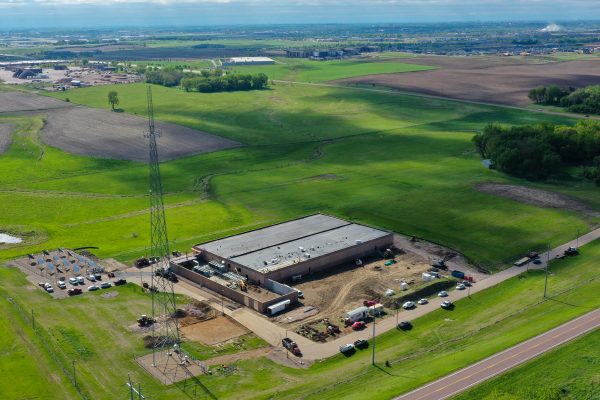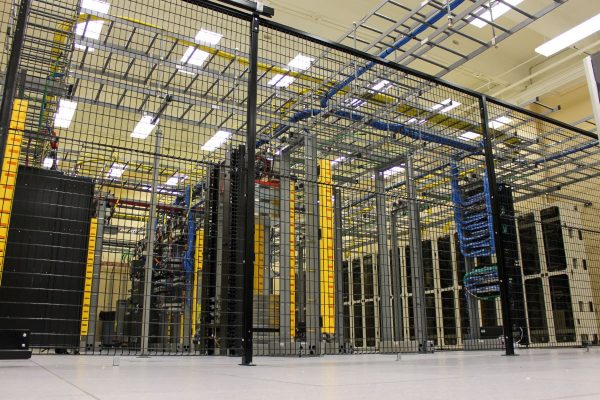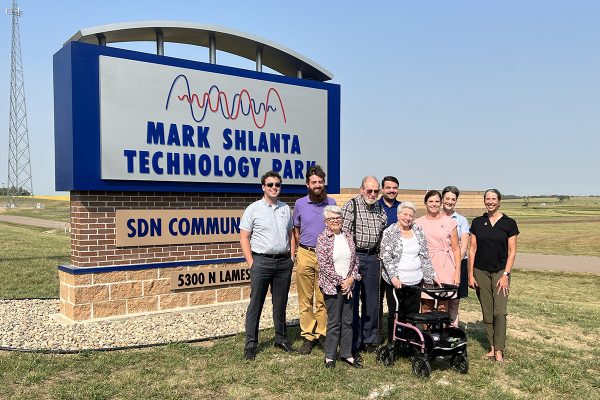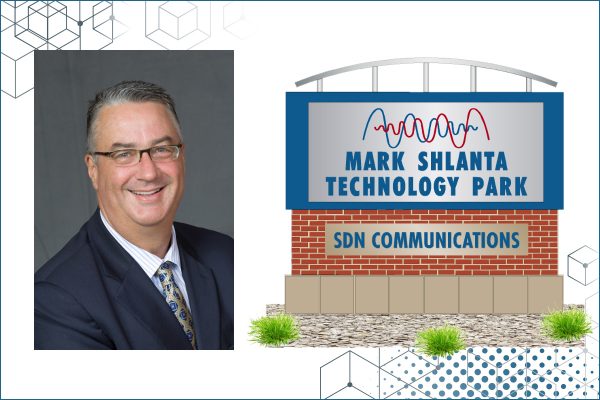Carl Rapp knows a lot about data centers, and he's sold on Sioux Falls, S.D., as a good place for them.
He’s worked as the vice president of data center facilities and operations for two of the largest financial-service companies in the United States. He currently oversees multiple data centers from his home base in Sioux Falls.
Rapp is an expert with more than 40 years of experience in the industry.
He also serves on the boards of the Sioux Falls Development Foundation and the South Dakota Technology Business Center, organizations that encourage business development and expansion.
Not surprisingly, SDN Communications agrees with Rapp about Sioux Falls being a good location for data centers. SDN, which operates two data centers in Sioux Falls, would like to see the niche continue to expand locally.
Rapp points out that plenty of land and water resources are available, power sources are dependable and reasonably priced, and broadband services are abundant. Even the weather is a plus for the construction of data centers, which have significant cooling needs because of the computer equipment running inside.
Tornadoes pose the biggest potential threat to data centers in Sioux Falls, he says. But data centers are built strong enough to withstand most wind speeds.
Other local threats to data centers are minimal.
“I think security is really good in this part of the country,” Rapp says. “We really don’t worry too much about a 9/11.”
Perceived shortcomings of city disputed
Sioux Falls typically ranks among the top prospective sites for data centers, along with Omaha, Neb., and Iowa cities including Des Moines and Council Bluffs.
Rapp hears two knocks on the community, both of which he disputes. The biggest question pertains to air-travel services and the other one to workforce.
Some people in the industry question whether commercial flight service in Sioux Falls is adequate for business executives trying to get to and from the city. Rapp points out that Sioux Falls is served by several major carriers that fly directly to and from major cities, including include Minneapolis, Chicago, Denver, Dallas, Phoenix-Mesa and Las Vegas.
Travelers in Sioux Falls might have to catch a connecting flight now and then, but they can get anywhere. Another plus for air travel is that the Sioux Falls Regional Airport rarely closes.
Other skeptics suspect the city might lack the technically skilled workers that data centers need. That fear is relatively easy to disprove.
Several data centers presently operate in Sioux Falls in industries ranging from financial services to health care. During the past few decades, data centers and other businesses have helped the community develop a pool of trained workers. In addition, colleges such as Dakota State University in Madison help by offering special educational programs.
Challenges on the incentive front
In promoting the growth of data centers, the Development Foundation brings attention to South Dakota’s positive business environment, including the absence of a corporate and personal income tax. A new state incentive plan is also available to potentially help in the development of large data centers.
The 2013 Legislature approved a package of incentives for large building projects. Under the new law, projects worth more than $20 million could qualify for reinvestment payments.
The new state package takes the place of an expired state incentive program.
Dean Dziedzic, Director of Strategic Initiatives for the Sioux Falls Development Foundation, says the Building South Dakota law will help the state compete with other states in the region that offer incentives.
Sioux Falls also can point out that it is a proven hub for information-assurance centers.
In addition to SDN, companies and institutions with data centers in Sioux Falls include:
- Automatic Data Processing Inc. (ADP)
- TFC Bank
- Premier Bankcard
- CoSentry Inc.
- HF Financial Corp.
- U.S. Earth Resources Observation and Science Center (EROS)
In addition, Citibank and Wells Fargo operate major, national credit centers in Sioux Falls.
ADP’s operation is particularly impressive. It’s a top-tier data center that helps the company serve its national business clientele. The center has two separate power feeds and four backup generators. All six systems would have to fail for service to fail.
SDN and CoSentry lease space in their data centers, or colocation facilities, to help other businesses safeguard electronic information.
SDN has a campus in the rural northwestern corner Sioux Falls that hosts its newest data center. There is additional land available there for the development of more data centers, either by SDN or by other companies.
SDN is eager for the industry to develop more, and Rapp is helping the cause.



